Post Acne: How to Recover the Skin and Eliminate Scars
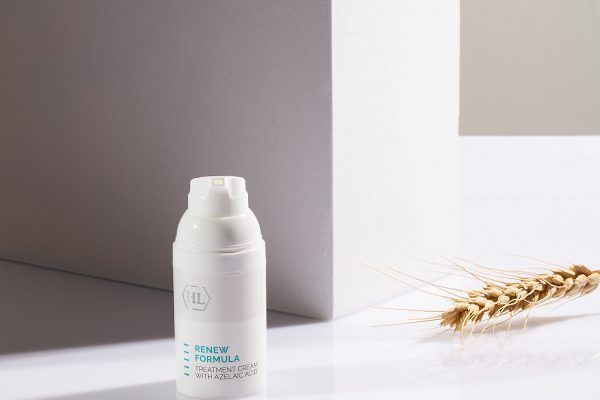
The cause for the scar: the body’s inflammatory reaction
Apparently the key cause for the scars’ development is the same major issue that characterizes acne – the chronic inflammation in the hair follicle and the sebaceous glands that surround it. That inflammation comes as a result of the body’s attempt to get rid of the acne bacteria, which build up in the sebaceous glands.
The problem begins as a result of increased secretion of the androgenic (male) hormones during adolescence when the sebaceous glands start producing high levels of sebum. In addition, the keratinocyte cells in them, which produce the protein keratin, excessively reproduce. As a result, more and more sebum is generated, and in conjunction, dead skin cells build up, which block the hair follicle. That situation creates the ideal conditions for acne bacteria to reproduce in the sebaceous glands, as this bacteria is anaerobic – a type of bacteria that cannot thrive in an oxygen environment.
At that stage, the body extracts an inflammation-boosting protein known as interleukin 1. That protein, which acts as a mediator from the immune system, transmits a message to generate inflammation, with the aim of removing the acne bacteria. Studies have shown that the inflammation’s intensity, and not necessarily the presence of the bacteria nor its concentration levels,
will determine the acne’s severity, and eventually the risk for forming scars.
When the inflammation is severe and/or the acne problem is not properly treated, a rapture may occur in the sebaceous glands – making the inflammation even more acute and generating pimples, nodules and purulent cysts. As a result, scar tissue may be formed around the affected areas during the recovery process. The scar is formed when the dermis layer, the skin’s deepest layer, is damaged. In an attempt to repair the damage that was caused, the body deposits new collagen fibers around the affected area. The problem is that the body cannot replicate the tissue to its former state and new tissue may have different texture and quality than the one surrounding it. In most cases, post-acne scars are not deep and resemble pimples. More rarely, bulgy scars remain, mainly on the chest and back. In addition to the skin’s texture, the scar also affects the skin tone and may show reddish or brownish-gray discoloration.
How is it possible to recover skin and prevent or eliminate scars?
Of course, the best possible treatment is prevention. The right treatment with the prompt help of a professional beauty therapist– including routine home treatments in conjunction with treatments at the cosmetic salon, will help prevent or reduce the inflammation and prevent cysts and nodules from forming, which may lead toscarring.
If scars have already appeared, they should be treated early. Even at that point, it is still possible to improve the skin’s condition dramatically. The sooner the treatment, the easier the tissue’s recovery and its quality will be maintained.
The professional cosmetic treatment for eliminating and preventing scars has two main goals:
Alleviating the inflammation’s intensity – first and foremost, in a condition when acne is still active, it is most crucial to minimize as much as possible the inflammation’s potency, which is the main leading cause for post-acne scars’ development. That goal focuses on a treatment during its first stage, which is relatively intense and mostly includes 2-4 treatments once every ten days. That, of course, in conjunction with routine home treatments.
The strategies being used to reduce the inflammation’s intensity are reducing the infectious capacity of the acne bacteria and deep cleansing the blocked pores, and in conjunction, balancing the sebaceous glands’ activity for less sebum secretion. That, by using advanced preparations that were especially developed for that purpose, such as our acne-treatment range of product, which are based on anti-inflammatory ingredients, including salicylic acid and shikimic acid, ingredients that work to reduce the bacterial activity such as probiotics, balancing substances such as rosebay extract, as well as the substances used to for skin rejuvenation such as zinc.
The skin’s recovery – the skin’s recovery already begins during the acne-recovery treatments, in conjunction with the treatment intended to reduce the inflammation’s intensity, and is a crucial stage for preventing scars, promoting the skin’s recovery and its rejuvenation, which also lasts after the active acne is healed. At that stage, treatment is provided approximately once every three months, and later on, at the end of the process, treatment can be provided once every month and a half or two months, during which, maintenance treatments are provided.
Some of the most important components that were found most effective for skin recovery from acne scars are azelaic acid, retinol and salicylic acid. Azelaic acid is known to inhibit melanin production in the skin, as well as reduce the changes in the skin’s tone in acne conditions. In conjunction, it works to curb the cells’-distribution rate, including the sebum-secreting sebaceous glands, and also curb the excess fat that is secreted from the sebaceous glands. It is therefore highly significant in balancing the skin and preventing clogged follicles. These qualities are also coupled with anti-inflammatory and anti-bacterial activity, which makes it an ideal ingredient for treating acne and preventing the spread and reproduction of acne bacteria.
Azelaic acid is a key ingredient in our New Renew Formula treatment Cream which contains high levels of it. This potent and multi-purpose Cream works to rejuvenate and recover the skin, lighten it and balance the sebum level. In addition, the unique formula also combines retinol and salicylic acid – two ingredient that also work to prevent scars development and promote their recovery. Retinol, a derivative of vitamin A, was proven effective in reducing the over-production of keratinocytes in the sebaceous glands and prevents the dead cells from blocking the hair follicles, thereby creating a less anaerobic environment that reduces the infective capacity of the acne bacteria and significantly inhibits the development of the affected areas. In addition, retinol was found to help obscure acne scars. Salicylic acid is highly effective for treating acne because of its anti-inflammatory properties and its major impact on the sebaceous glands. The synergy between these ingredients in the treatment cream of the New Renew Formula products, combined with vitamin E and alpha bisabol, works to achieve genuine results in the in the skin’s rejuvenation process and helps prevent and minimize post-acne signs, brightening the skin, recovering it and improving its tone and texture. Due to its multipurpose and broad range of action, the preparation is designated for wide range of target audience, mainly for mixed skin that is characterized by early signs of aging and post-acne.
As we witnessed before, the main cause for the development of post-acne scarring is the chronic inflammation that is formed in the hair follicles and the sebaceous glands. When the inflammation is acute and/or the acne problem is not properly treated, the sebaceous gland may be raptured, making inflammation even worse and causing pimples, nodules and purulent cysts. As a result, during the healing process, scarring may occur. The good news is that an early treatment with a preparation that involves ingredients that work to reduce the inflammation, rejuvenate the skin, recover and lighten it, such as azelaic acid, retinol and salicylic acid, and with the help of a professional beauty practitioner, it is possible to prevent these scars, minimize them and recover the skin.
-
Sale!
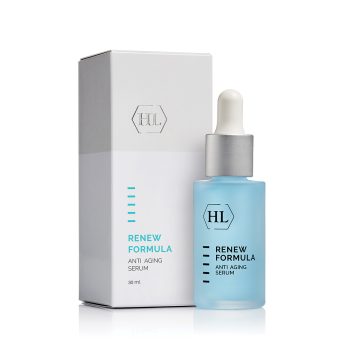
Renew Formula Anti Aging Serum 30ml
91,87 €Original price was: 91,87 €.73,50 €Current price is: 73,50 €. Add to cart -
Sale!
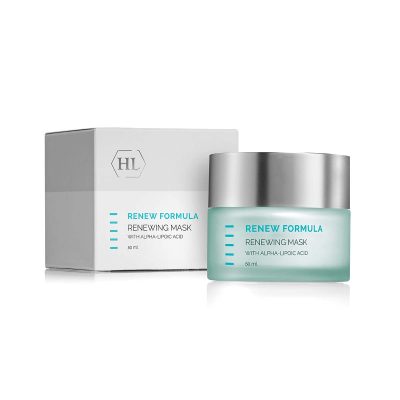
RENEW FORMULA RENEWING MASK 250ml
116,70 €Original price was: 116,70 €.93,36 €Current price is: 93,36 €. Add to cart -
Sale!
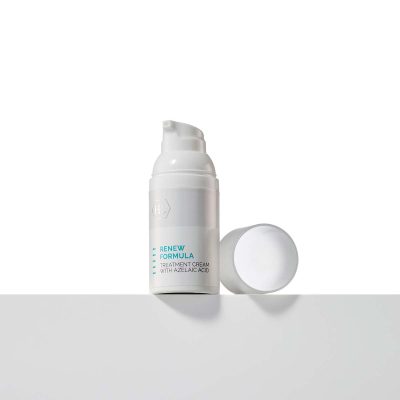
RENEW FORMULA TREATMENT CREAM WITH AZELAIC ACID 30ml
74,03 €Original price was: 74,03 €.44,42 €Current price is: 44,42 €. Add to cart -
Sale!
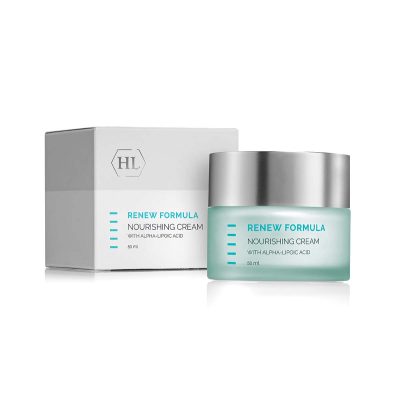
RENEW FORMULA NOURISHING CREAM NIGHT CREAM 50ml
57,12 €Original price was: 57,12 €.45,70 €Current price is: 45,70 €. Add to cart